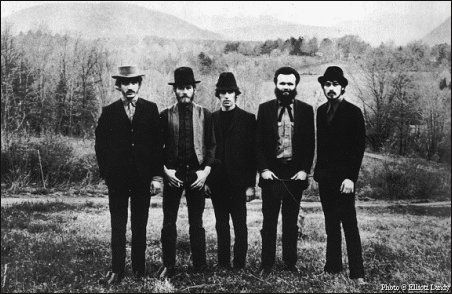Easter Rising 1916
- Gabrielle Bossy

- Mar 27, 2016
- 2 min read
As it is Easter 2016, it is appropriate to turn back the clock 100 years to Easter Week 1916 (which took place from April 24-29 that year). The Easter Rising in what is now known as The Republic of Ireland was one of the largest armed rebellions in the country’s history and was a cornerstone in gaining independence for the country. As you may or may not know, Northern Ireland is still loyal to the British monarchy but in the south, the Irish are free of British rule.

The Easter Rising was led by seven members of the Military Council of Irish Republican Brotherhood. Along with a large gang of about 1600 followers, this group managed to seize several important locations in Dublin and a few others through out the country. They called for Irish independence and to be let out from beneath the thumb of Britiain. Keep in mind this was all set against a backdrop where the United Kingdom was in the thick of World War I. Therefore the consequences were somewhat heightened.

Photo of a reenactment of the Easter Rising from this year’s St. Patrick’s Day Parade in Cork, Ireland.
Predictably, the British were able to quickly put down this rebellion with unconditional surrender. In fact, most of the leaders were executed. However, there is no doubting its impact. First off, 500 people were killed of which over 50% were regular citizens. Second, deep-seeded favouritism of Ireland’s republicans grew and independence was desired more than ever (this however was a public opinion that shifted phenomenally over a couple of years).

Photo of the St. Patrick’s Day Parade in Cork, Ireland this year. Part of the parade was dedicated to the anniversary of the Easter Rising.
In 1922, The Republic of Ireland (then known as the Irish Free State) received its independence, in no short thanks to this original rebellion. This year marks the 100th anniversary.

Peace, love & history .



Comments